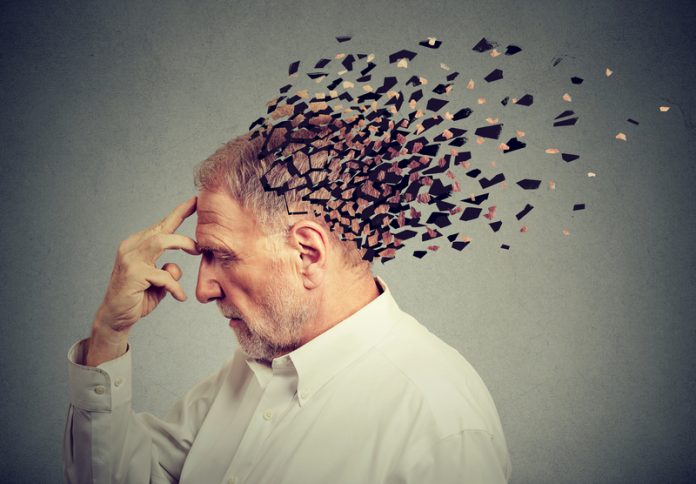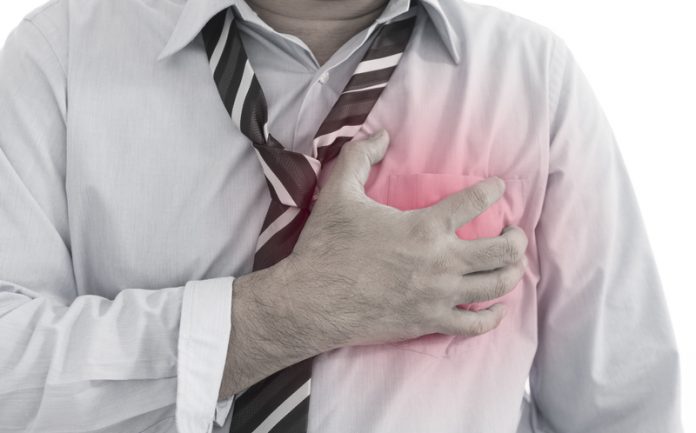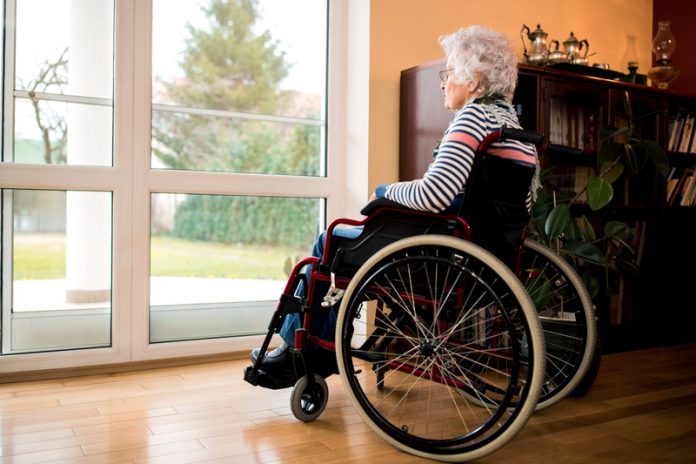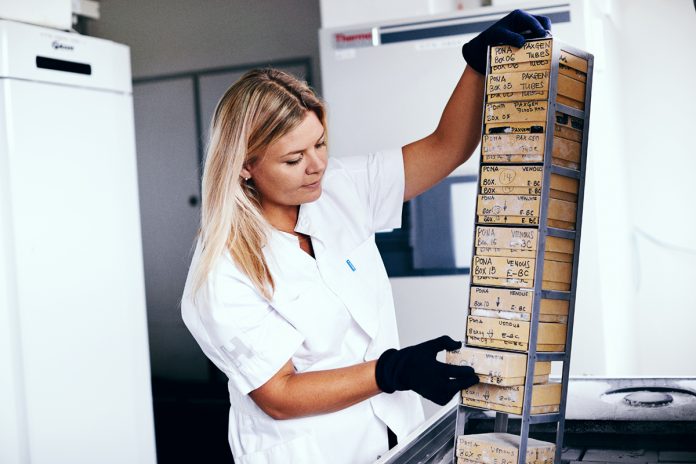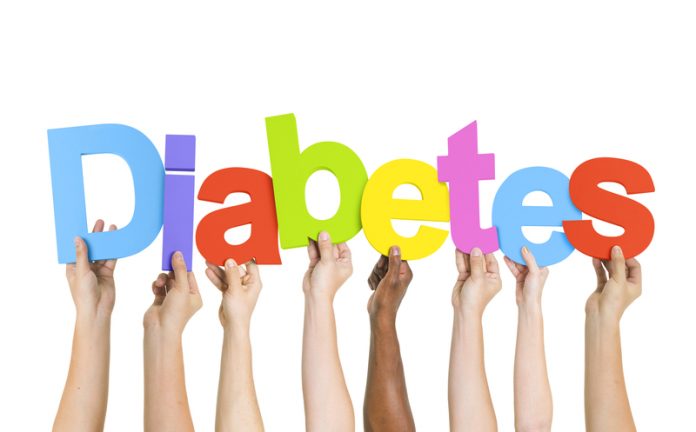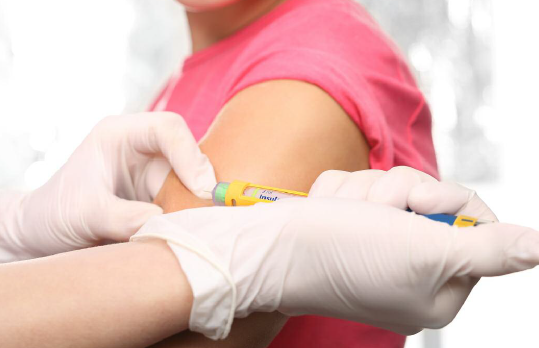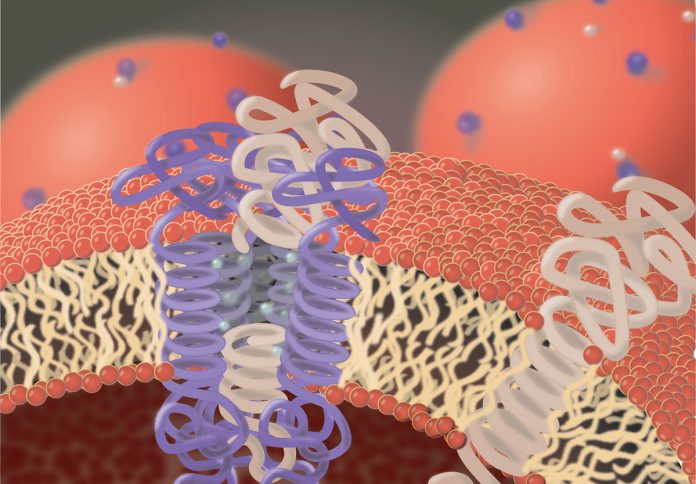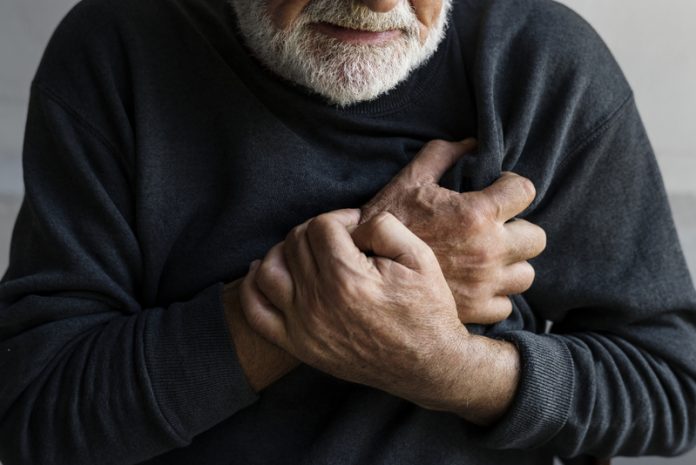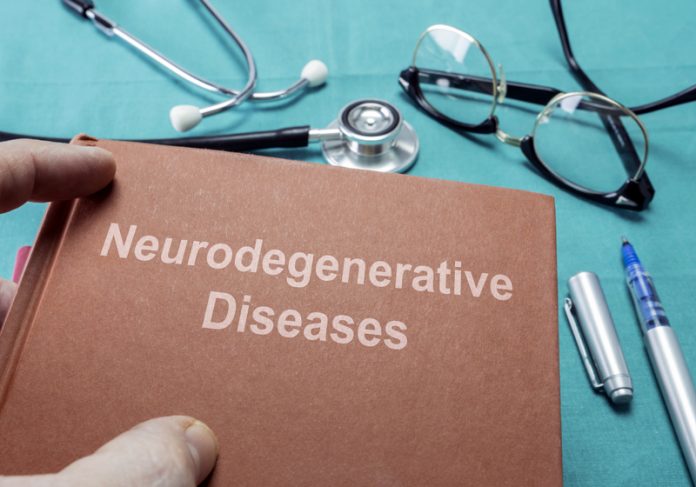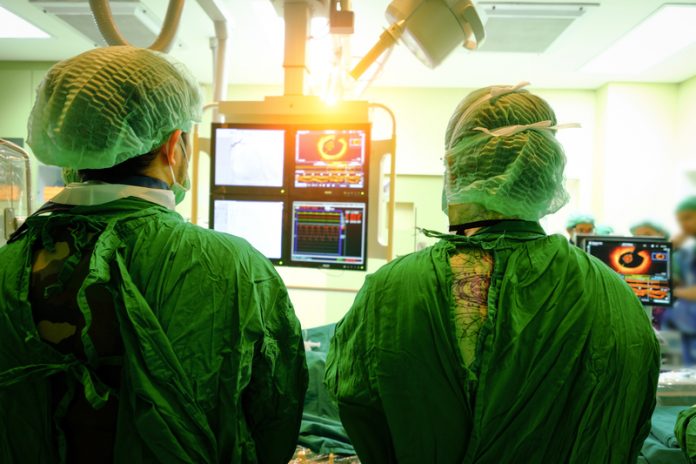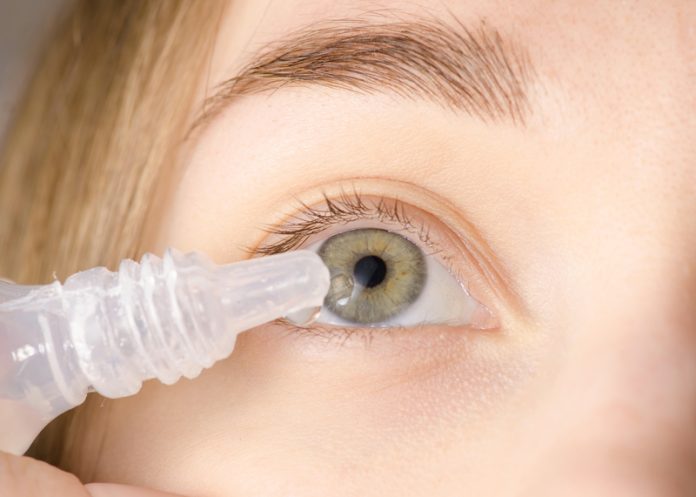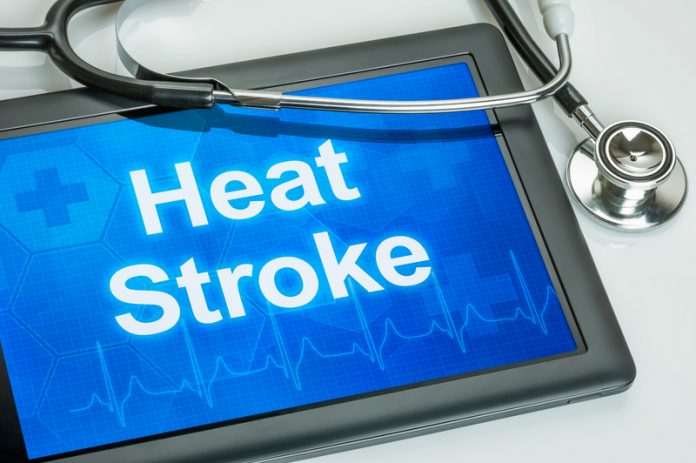Open Access Government produces compelling and informative news, publications, eBooks, and academic research articles for the public and private sector looking at health, diseases & conditions, workplace, research & innovation, digital transformation, government policy, environment, agriculture, energy, transport and more.
Home Search
stroke - search results
If you're not happy with the results, please do another search
New MOT standards improving air quality
The number of cars failing emissions test has more than doubled since the new MOT introduced stricter emission rules to help improve air quality
Early diagnosis of neurodegenerative disorders: Where are we now?
Dr Gerry Morrow shares his thoughts on the current state of play when it comes to the early diagnosis of neurodegenerative disorders, and asks the questions, can we screen, and should we screen?
Active couch potatoes are at risk of chronic health issues
Employees are wrongly assuming that keeping active during leisure time will protect them from the danger of sitting for long periods when working in an office, a new study has found
Saccadic Masking: The temporal illusion causing us to lose 40 minutes a day
As the winter comes closer and the days become darker, time becomes more important and we do our best to make the most of the light we have. However, we may be losing up to 40 minutes a day due to a type of temporal illusion
Theresa May launches UK’s first loneliness strategy
The prime minister has announced that all GPs in England will be able to refer patients suffering from loneliness to community activities by 2023.
Government loneliness strategy is a major step forward in tackling loneliness
The British Red Cross responds to the launch of the new Government Loneliness Strategy announced today by Theresa May
Danish Diabetes Academy aims to train and educate the world’s best (young) diabetes researchers
In this analysis, the Danish Diabetes Academy explains how they intend to train and educate the world’s best (young) diabetes researchers
e-learning systems helps healthcare industry manage diabetes changes
An intriguing e-learning programme that helps busy healthcare practitioners stay abreast with changes in diabetes management.
Severe mental illness sufferers experience worse physical health
Public Health England have released a report which shows those suffering with severe mental illnesses experience worse physical health compared to the general population.
Could escalating diabetes rates reverse success in reducing heart disease deaths?
Simon Gillespie, Chief Executive of the British Heart Foundation ponders if escalating diabetes rates could reverse success in reducing heart disease deaths
Health research: The challenge of cleaving proteins in the membrane
Regina Fluhrer from the LMU & DZNE in Munich explains an aspect of health research that concerns how proteases embedded in cellular membranes hydrolyse other proteins and the challenges they must overcome.
New research shows tea cuts risk of heart disease
Drinking four to five cups of tea a day lowers blood pressure and reduces the risk of a heart attack or stroke, new research reveals
Lack of exercise, an unhealthy diet – costing the EU billions of euros and...
Professor Joep Perk, Former President of the European Association of Preventive Cardiology (part of the European Society of Cardiology, ESC) and member of the ESC Advocacy Committee shares his views on the growing problem of cardiovascular disease and why public health measures are needed to tackle it effectively
Neurodegenerative disorders in the U.S.
The vital work of the National Institute on Deafness and Other Communication Disorders (NIDCD) and The National Institute of Neurological Disorders and Stroke (NINDS) are explored here by Open Access Government, with a special focus on neurodegenerative disorders.
The link between diabetes and mental health
Open Access Government investigates the link between diabetes and mental health.
Novel imaging biomarker to help predict coronary inflammation discovered
Researchers at Cleveland Clinic, University of Oxford, and University of Erlangen have identified a novel imaging biomarker – and found it can be used to predict all-cause and cardiac mortality by measuring inflammation of fatty tissue surrounding the coronary arteries
Billion pound government investment for British innovation
Britain’s world-leading researchers and entrepreneurs will benefit from an additional £780 million to create the technologies of tomorrow.
Health experts warn of the dangers caused by lack of hygiene while camping
Thousands of people across the UK risk damage to their health and sight this summer by lack of hygiene while on camping holidays this summer, warn health experts at Optical Express
Friction & sound: A partnership for better or for worse
Julien Scheibert & Alain Le Bot, researchers at CNRS/Ecole Centrale de Lyon explore the fascinating area of friction & sound, revealing why this is a partnership for better or for worse
Heat-related health dangers soar during the summer
National Institute of Health provides tips to help reduce the risk of hyperthermia as heat-related health dangers for older adults increase during the summer heat
As we age, our ability to respond to hot weather can become a serious problem. Older people are at significant increased risk of heat-related illness,...


